Lingering Garden in Suzhou (Team Chinese fire belly newt)
苏州留园 (中华蝾螈小组)
Blog Entry Written by Team: Team Chinese fire belly newt
Team Numbers: Allen Tian (Queen’s), Huining Luo (SWU), Yuechun Ru (Waterloo)
Weather: Cloudy in the morning & Sunny at noon, Temp: 28-33°C
团队成员:Allen 田(皇后大学)、罗慧宁(西南大学)、汝玥淳(滑铁卢大学)
天气:多云转晴,温度28-33摄氏度
Our day commenced with a free for all of Suzhou’s famed street breakfast culture and a class rendezvous at 09:00 AM. After making the short walk to the Lingering Garden, Dr. Wang and Dr. Lougheed apprised us with a short lecture on the UNESCO World Cultural Heritage Site. The Lingering Garden was built during the Ming Dynasty in the year 1593 by Xutai, a bureaucrat with a love for architecture. It covers 23 300 m2 and consists of the Central, East, North and West gardens, which are all linked by a 700 m long corridor. Each step is a new visage, an iconic impression of various parts of China.
Our journey, shepherded by one of the quarter-hourly guides began in the Central Garden, a fantastical dreamscape of rockeries and pavilions surrounding a central lake graced with sacred lotus. As we sat by the jade-like water in the Green Shade Pavilion, our guide lectured us on the history of each building and artifact.
As we made our way to the East Garden, we saw wonders such as the Natural Picture of Sunshine After Rain, a 1 m diameter, 15 mm thick circle of marble from Yunnan that depicts wild landscapes; an evocation of nature made by nature. Another highlight was the Cloud-crowned Peak, a towering piece of Taihu stone that evoked both graceful and rugged facets of nature. Different windows, which each had unique, distinctive and artful lattices, were like portrait frames glazing into halcyon visages.
The North Garden began with a display of innumerate bonsai, which were unfortunately backdropped by construction. There were tree-based bonsai and rockery focused landscape bonsai. Tree bonsai, for example, five-leaved pine, had metal wires which bound branches and roots into charming shapes. Landscape bonsai balanced greenery, soil, rock and water, empathizing the need for balance in all things. The bonsai’s aesthetics and longevity were maintained through clipping and careful fertilizer application. The high point of this area was a beautiful rockery with pine bonsai, which were reminiscent of Lushan.
Our climb to the West Garden was greeted by a stand of maple trees and the Delightful Pavilion. This idyllic area contained bamboo groves, and a carp and lotus filled brook shaded by peach and willow trees. As we headed back to the exit, we stopped to rest on the hill of the Osmanthus Fragrans pavilion. We reunited with our class at around 11:30. After a short break, we walked through Yongjin Bridge and Fudiao Bridge to the West Park Ring Temple, which is uniquely located outside the west gate of Suzhou City, east of the Lingering Garden, famous for its classical gardens, and the quiet Hanshan Ancient Temple in the west. It cleverly blends Buddhist temples with Suzhou gardens. The ancient wood in the temple is deep, making people step into a clean and solemn sacred place, and we had a monk cooked vegetarian meal there. Although it is urbanely located, strolling inside was pastoral experience for both body and mind.
We received some precious free time after lunch. However, three groups had yet to present their seminars and so we frantically worked all afternoon. We then drove to Wuxi, from 4:30 to 5:30 PM, and presented our seminars after dinner. Group Goldenrod, consisting of Ernest and Mengze, presented on the largely negative impacts of climate change on aquatic ecosystems. Our group, Chinese red bellied salamander, explored the causes, consequences and solutions to eutrophication. Finally, the spoonbill group, consisting of Arielle, Yuan and Li presented on groundwater contamination, with a special emphasis on its effects on human health and cancer rates.
我们的这一天是从品尝苏州的特色美食开始的。饭后我们步行前往留园。趁着Bojian老师购票的间隙,王教授和 Lougheed 教授给我们科普了有关留园的历史。留园始建于明代万历二十一年(公元1593年),为太仆寺少卿徐泰时的私家园林,总占地23300 m2 。整个园林现分为四个部分—分别是由700 m 长的走廊连接而成的中园,东园,西园和北园。
我们跟随讲解员,随着拥挤的人群,先来到了中园,一个高大的假山屹立于湖中央,与湖中的荷花交相辉映。我们坐在绿荫亭的翡翠般的水旁,听导游介绍每座建筑和文物的历史。接着我们穿过厅堂, 看到了“留园三宝”之一的“雨后静观山”,这块奇石上有着雾气笼罩时的山峰和明月,给人雨后观景的静谧与神秘。在我们赞叹自然之力的伟大时,抬头忽见云冠峰, 其高耸的形象又立马把我拉入崎岖的遐想中。不同的窗户上有独特巧妙的花纹,就像肖像框勾勒出一个个宁静的世界。
在北园我们参观了盆景花园,看到了大量造型各异的盆景。主要可以分成两类,树桩盆景和山水盆景。树桩盆景由树,比如五针松和铁丝组成,铁丝可以用来固定树的枝条或树根以使树拗成足够吸引人的形状,而山水盆景则需要水、土、石、生物的有机结合,进行艺术的编排。为保证盆景的美观,最重要的是人工修剪和施肥。我们只是在园中漫步,却像去了全国观光。
我们爬上了西园, 迎着枫树有座宜人的亭子。旁边有片竹林,在往旁边看是莲池,里面有些鲤鱼,不停地摆弄着尾巴挑逗池边的垂柳。再次回到出(入)口的时候, 我们在桂花亭中稍作歇脚。我们在11:30左右与我们的班级团聚。短暂的休息后, 我们走过永津桥和福德桥来到了西园戒幢律寺,它坐落于苏州城西阊门外,东靠以古典园林闻名的留园,西邻幽寂的寒山古寺,北倚美丽的虎丘风景区,南临阊门运河,地理位置得天独厚。它巧妙的融合了佛教殿堂与苏州园林。寺内古木幽深, 使人感觉步入了一个清净庄严的伽蓝圣地。在这里,我们还吃了一顿难得的斋饭。临闹市而无喧嚣,近尘寰而不污染,怡然漫步于此寺中,于身于心,都是一种美的享受。
午饭后我们得到了一些宝贵的空闲时间。然而, 有三个小组还没有出席他们的研讨会, 所以我们整个下午都在疯狂地工作。然后, 我们驱车前往无锡, , 并在晚餐后开展了我们的研讨会。由Ernest Yeung和 Mengze 组成的一枝黄组介绍了气候变化对水生生态系统的负面影响。我们中华蝾螈小组则探讨了富营养化的原因, 后果及解决方案。最后, 由 Arielle、yuan、lu组成的黑面琵鹭组对地下水污染问题进行了介绍, 特别强调其对人体健康和癌症发病率的影响。
-
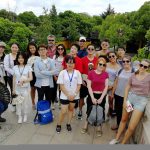
-
Figure 6. Our family portrait on the Bridge of Wisdom 在智慧桥上的全家福
-
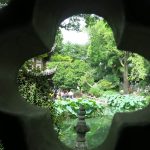
-
Figure 3. Enframed scenery—Amazing views from windows 框景
-
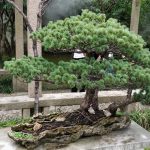
-
Figure 2. An example of bonsai art— five needles pine 盆景艺术之一—五针松
-
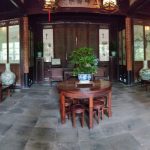
-
Figure 1. Jiangnan First Hall—The Celestial Hall of Five Peaks 江南第一厅堂-五峰仙馆
-
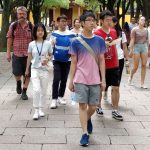
-
Figure 5. On the way to a vegetarian meal at Xiyuan Temple 在戒幢律寺去吃斋饭的路上
-

-
Figure 4. The Cloud-Capped Peak 冠云峰
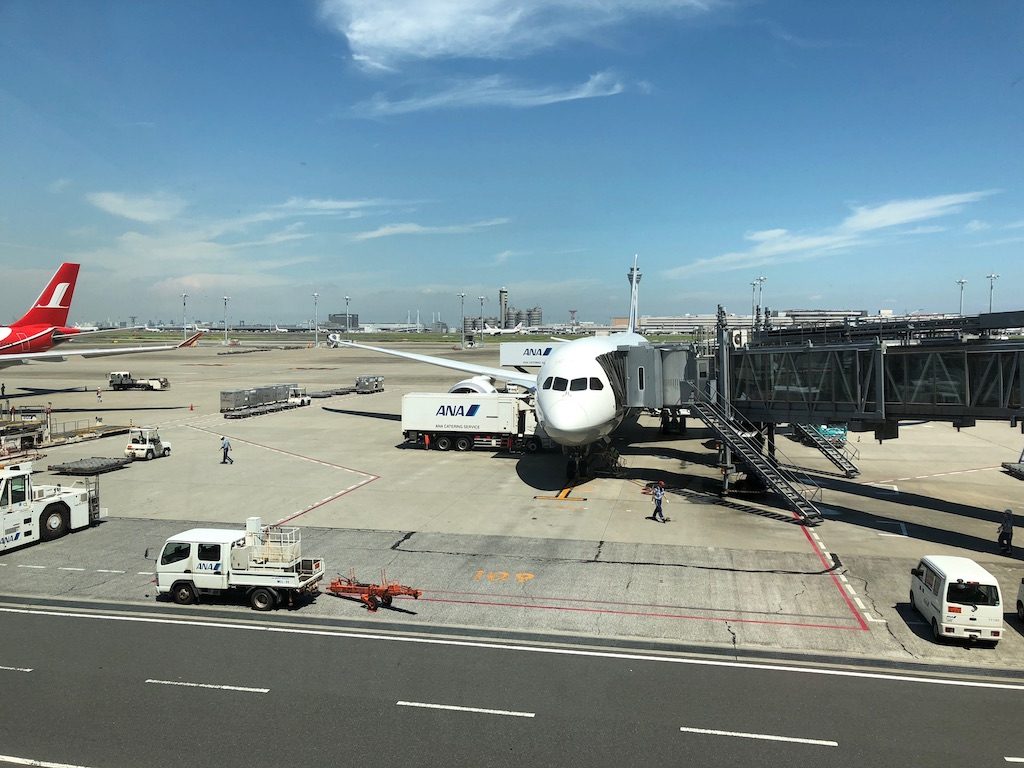

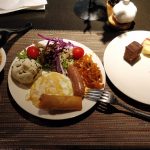


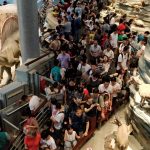
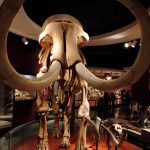
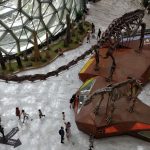
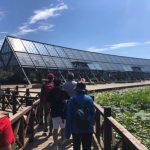
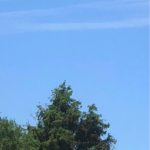
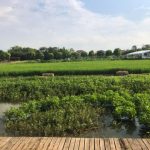
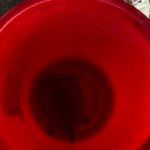
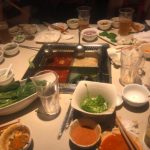
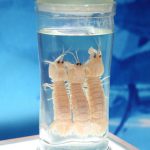


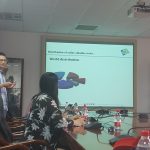
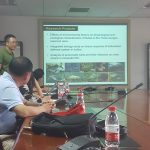
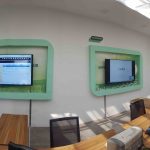
-150x150.jpg)
-150x150.jpg)
-150x150.jpg)
-150x150.jpg)
-150x150.jpg)
--150x150.jpg)
-150x150.jpg)

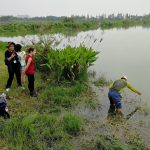
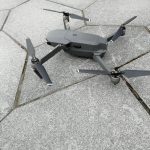
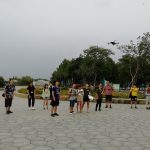


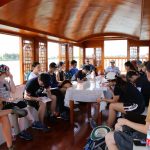
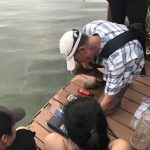
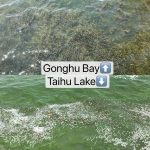

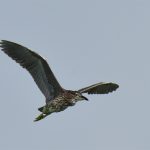










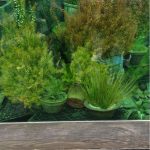




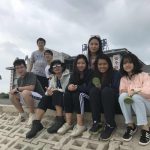

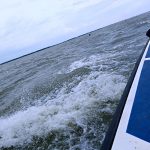
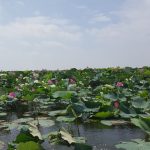
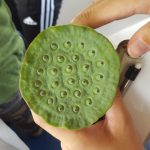


Recent Comments